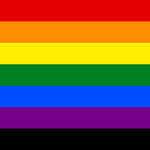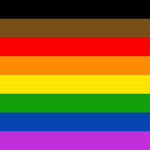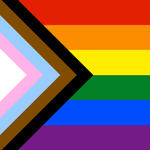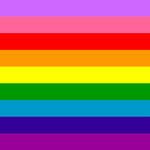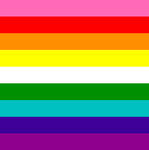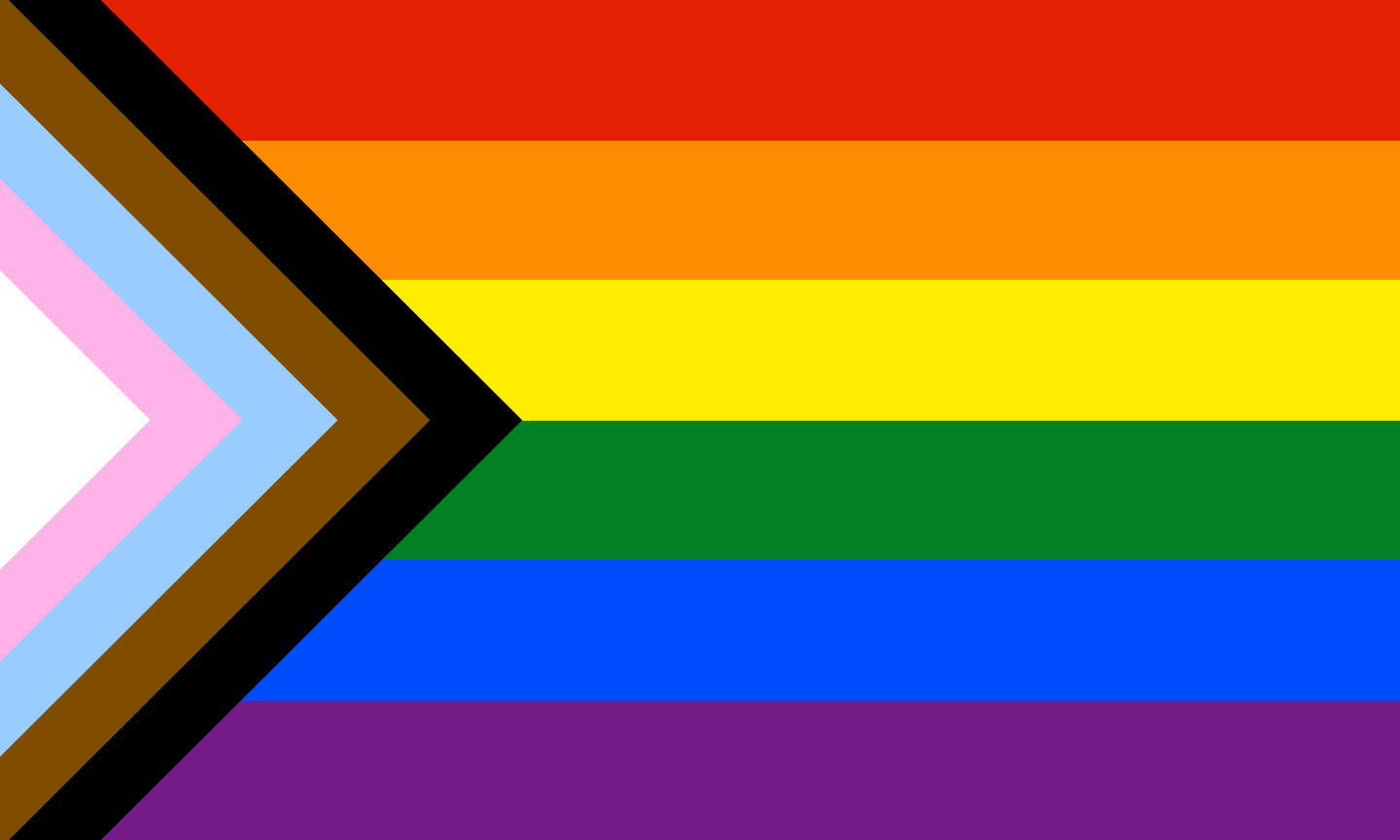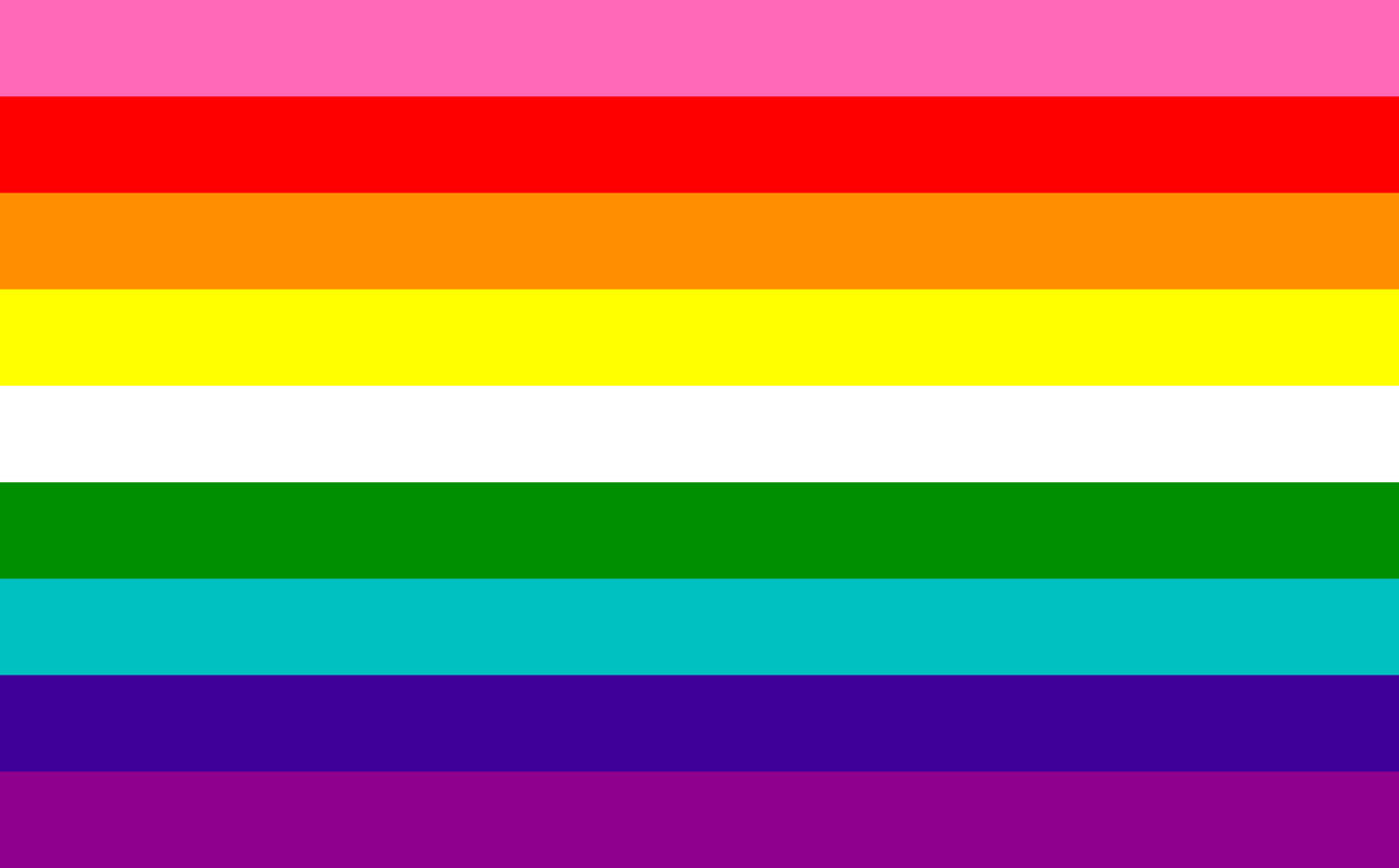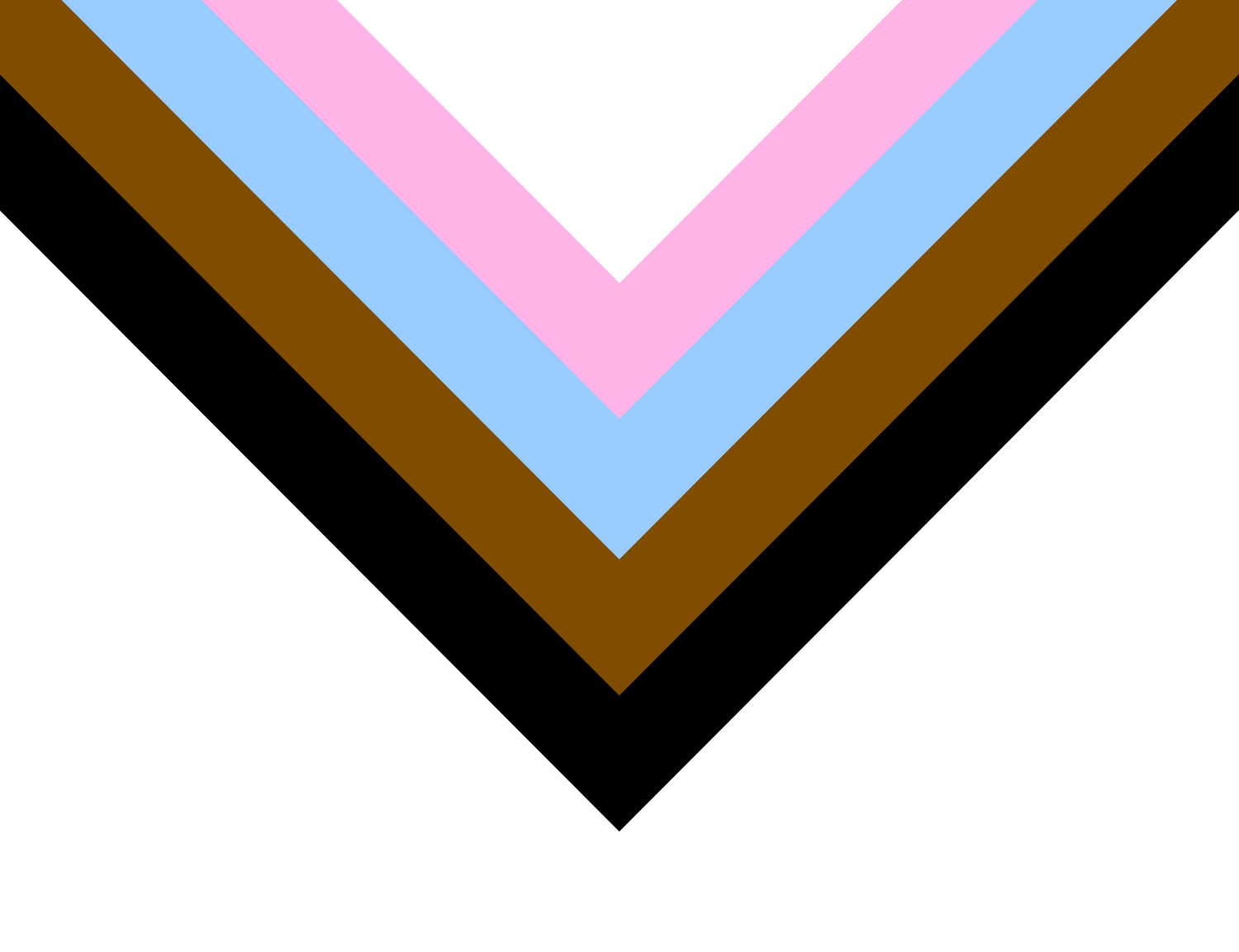
Shut Up About Flags
Please. I'm tired.
Flag Histories
Discourses
The Rainbow Flag and its Variations
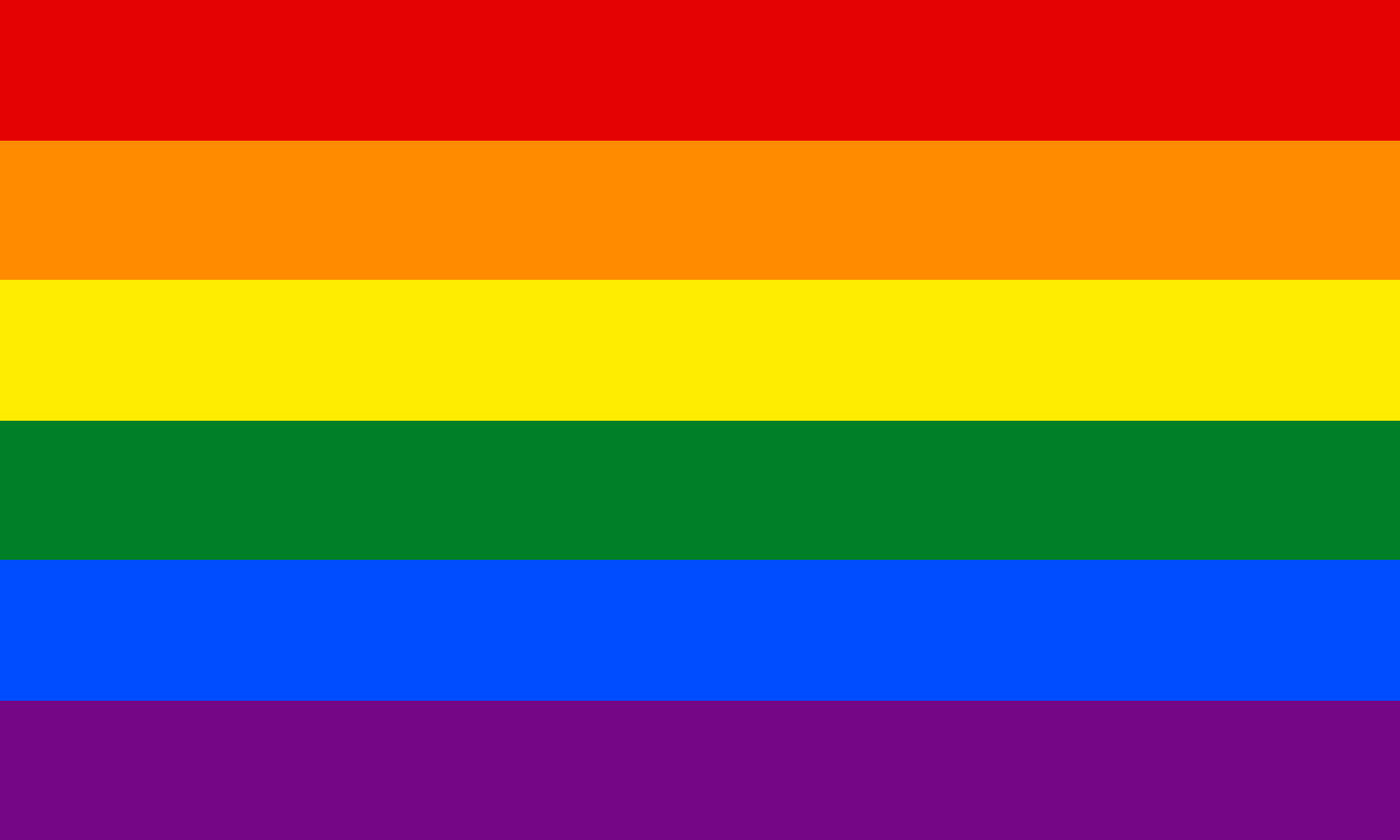
Today, this iconic and easily recognisable flag is considered the Official flag for the LGBTQ+ and Queer communities. It's also called the Gay Pride flag. But how did it get here?
Beginnings
In 1978, Harvey Milk called for a symbol to represent the San Francisco gay community. This was answered by Gilbert Baker, who designed a rainbow flag consisting of 8 stripes, representing the meanings as follows:hot pink for sex
red for life
orange for healing
yellow for sunlight
green for serenity with nature
turquoise for art
indigo for harmony, and
violet for spirit.
Having hand-dyed and sewed the material for the first flag himself, and recruiting 30 volunteers to hand-dye and stitch two huge prototype flags, this 8 stripe flag first flew in the 1978 San Francisco Gay Freedom Day Parade.Suffice to say, the design was well recieved.
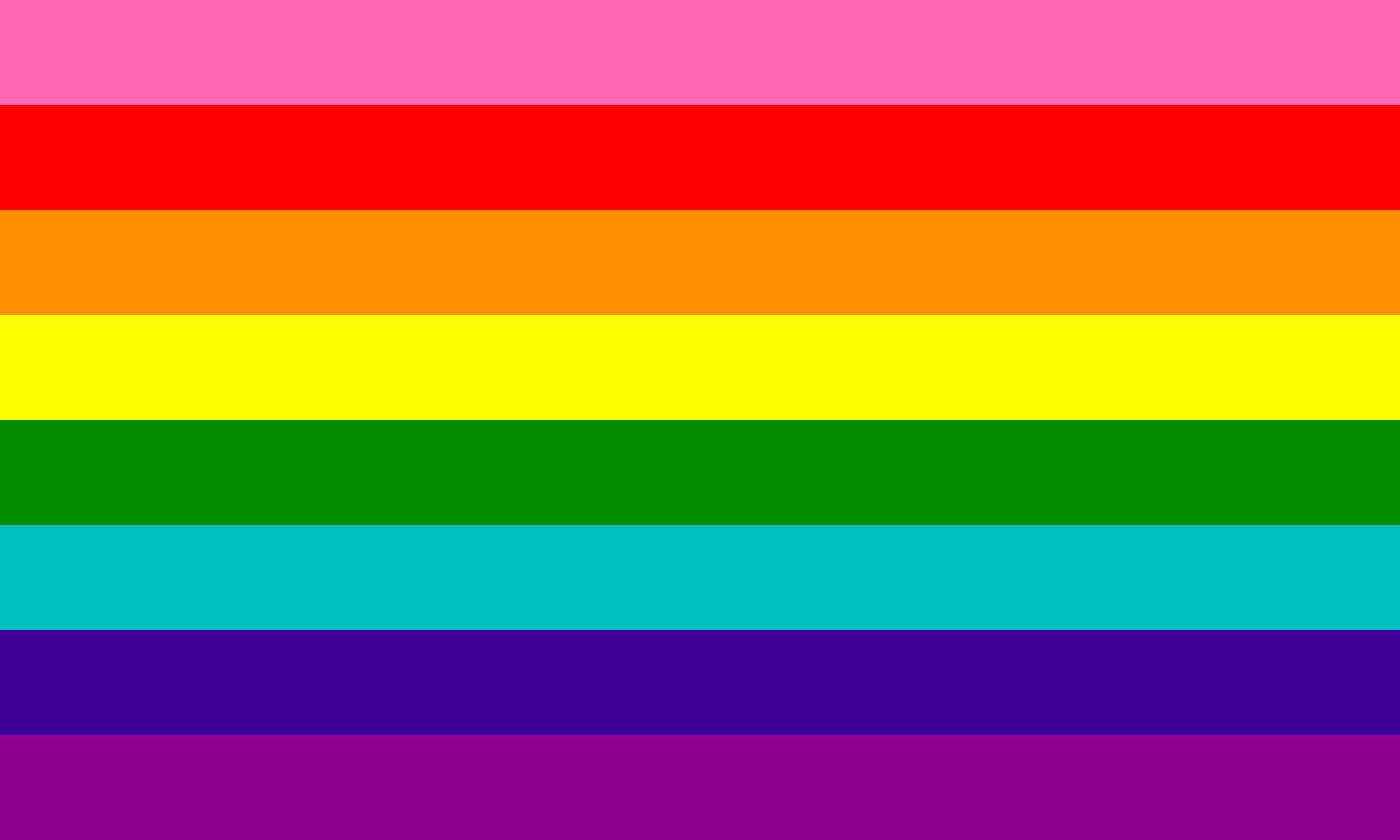
Losing Stripes
The first stripe to go was the pink stripe. After the November 1978 assassination of Harvey Milk, the rainbow flag started being used in San Francisco as a general symbol of the gay community (which then, also described the entire broader LGBTQ+ community)Paramount Flag Co., a San Francisco based company, started selling 7-striped rainbow flags (pictured) from its store in a large gay neighbourhood, that were surplus stock originally intended for the International Order of the Rainbow for Girls. In the time between 1978-1979, the gay community would use any flag with a rainbow of stripes.When Baker approached the company in 1979 to produce flags for the parade, he was informed that hot pink fabric wasn't available for mass-production, so the stripe was dropped.
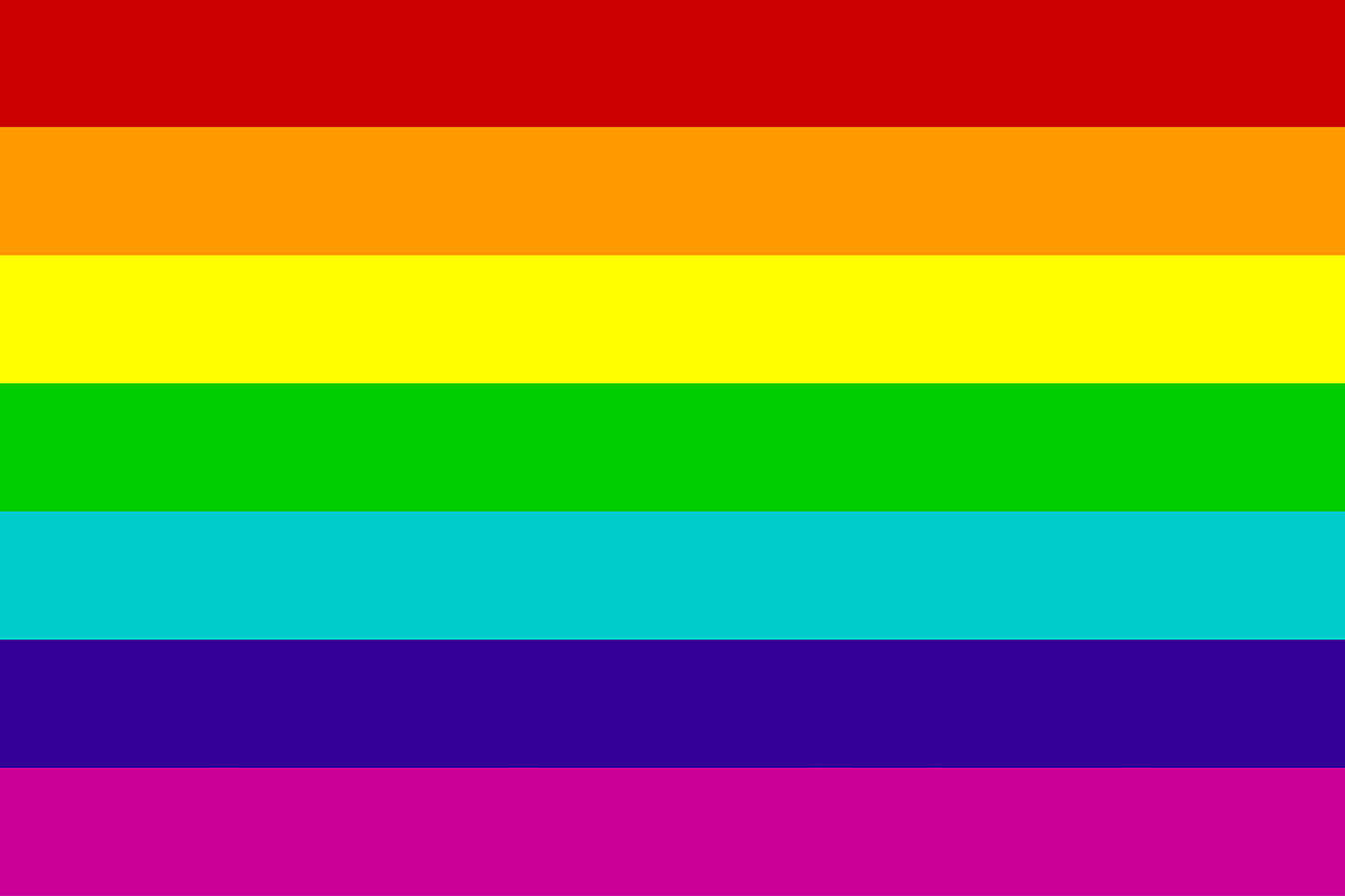
The next stripes to go were the turquoise and indigo. Also in response to the assassination of Harvey Milk, the Gay Freedom Day Committee decided to hang the flag from the light poles along Market Street in the 1979 parade.Baker and Ken Hughes, the vice president of Paramount, decided to replace the turquoise and indigo stripes with one royal blue stripe. This resulted in a symmetrical design, that could be hung along the street with 3 stripes on each side. The stripes were soon combined into a 6 stripe flag, that became quickly popular, and is recognized today.
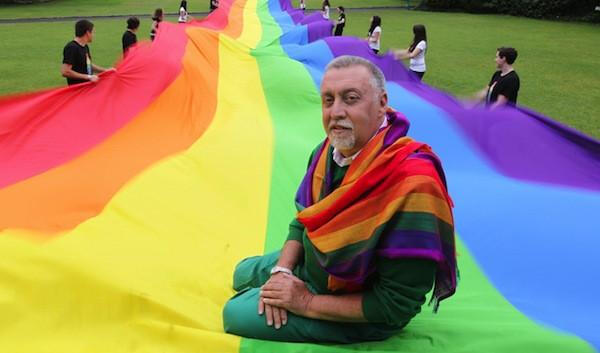
Victory Over AIDS
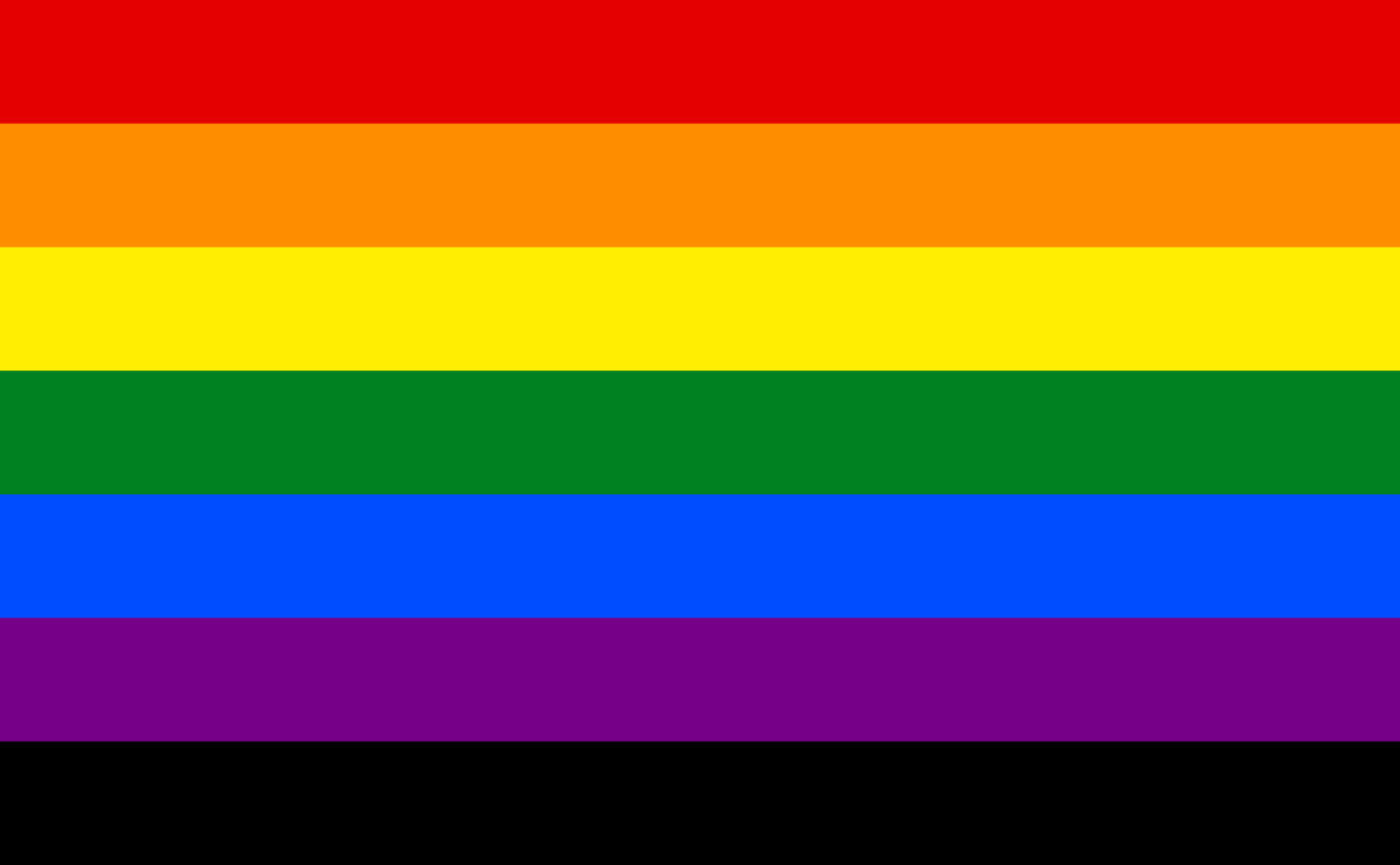
During the 1980s, a black stripe was added to the bottom to the bottom of the flag, to commemorate those in the community that were lost to the AIDS crisis.
The Creation, and Subsequent Arguments Over, Lesbian Flags
Text
Current Work In Progress Collection Of Links
1) Leather Pride Flag, Tony DeBlase, 1989
2) International Bear Brotherhood Flag, Craig Byrnes, 1995
3) Cougar Pride flag, Fausto Fernós, 2008
4) Lipstick Lesbian Flag, Natalie McCray, 28th July 2010
5) Lipstick Lesbian Flag, kiss mark removed. Earliest known appearance in 2013
6) Butch Lesbian Flag, butchspace, 27th June 2017
7) Combination Butch/Femme Flag, shapeshifter-of-constellation 4th July 2017
8) "Sunset" Lesbian Flag, Emily Gwen, 3rd June 2018
9) Community Lesbian Flag, taqwomen, 26th July 2018
